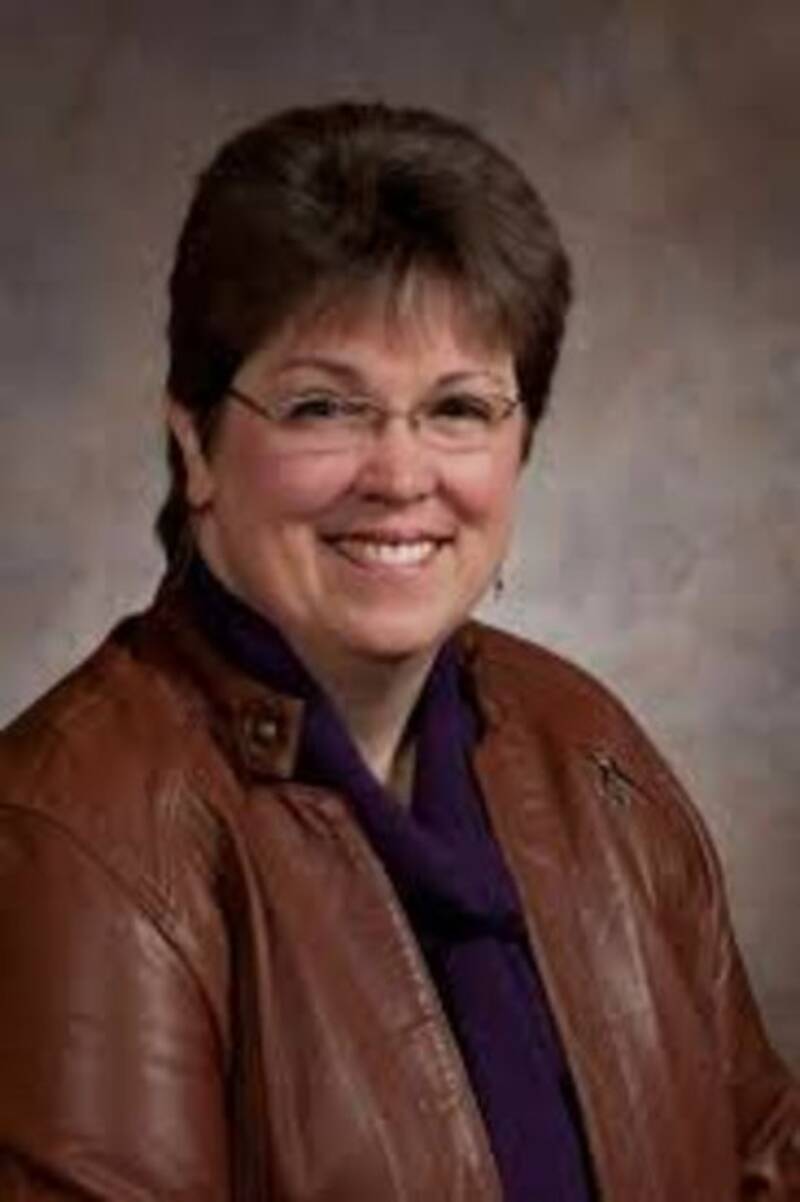“Lord willing, and the creek don’t rise, I’ll see you Tuesday.” I said as I left the office in Madison.
By the next day, the creek at the base of my farm’s steep driveway had risen over the road. The rushing water cut a channel through the gravel town road, making the road impassable.
My forward-thinking husband kept an eye on the water’s progress and moved vehicles over to the other side before the rushing water completely cut through the road.
This morning twelve bluebirds and a robin hung out by the bird feeders. Spring comes one step at a time: snow melt, more snow, more melting and mud. The old farmers say snow must fall three times on a robin’s tail. Another big snowfall this week is snowfall number one on the robin’s tail.
Back in Madison, at the State Capitol, there is not much evidence of a thaw between the Senate and Assembly or between the majority and the minority parties. However, the Senate did pass a bipartisan bill to help lower health insurance premiums.
“What do you think of Risk Corridors?” an older Barron County farmer recently asked me at a public meeting in Eau Claire. Quite surprised, I asked him “How did you know about “risk corridors?”
“I’m paying attention!” he smiled. “And, I pay too much for health care. I think this plan will help lower my premiums.”
I agreed, “It’s a good idea and I voted for the bill.” The rest of our group looked very puzzled.
Risk corridors is a wonky phase describing an idea to lower premiums under the Affordable Care Act (Obamacare). I explained the plan like this: Remember when we had Blue Cross Blue Shield as not for profit health insurance. Plans were community rated –
meaning everyone paid the same price regardless of age and health. This was an “up-front” leveling or sharing of risk for insurance companies.
Risk corridors are similar in purpose, but a more behind the scenes leveling. Think of risk corridors like a profit and loss sharing mechanism to help insurers balance risk.
The Barron County farmer joins about 200,000 people in Wisconsin who buy insurance on their own through the healthcare.gov marketplace.
Wisconsin saw premiums in the marketplace increase on average 36% from 2017 to 2018. Many families were dropped by their health plans and had to find other insurance. Still others dropped coverage because of price increases.
Minnesota took up the idea of risk corridors and lowered 2018 insurance premiums under Obamacare by 20%, compared to where premiums would have been without risk corridors. This savings was possible in part because Minnesota has its own marketplace – MNsure – and expanded Medicaid (MinnesotaCare). These are two ideas I strongly support and would help Wisconsin get to Minnesota’s 20% premium drop.
Senate Bill 770, the bill to create risk corridors, recently passed the Legislature and was signed into law by the Governor. The bill passed in an interesting bipartisan vote. Some Republicans voted “no” because they thought the bill went too far; some Democrats voted against it because they didn’t think the bill went far enough.
Leaving the event in Eau Claire I reflected on the two persistent questions I heard at the forum: how are you going to fix health care and how are Democrats and Republicans going to work together?
With SB 770, we took a small step forward. Just a small step on the long road toward healthcare for all - but in today’s political climate perhaps only small steps are possible.
Politics often seems to be the art of the possible. I strongly believe whatever steps forward we CAN take, we SHOULD take.
Spring does not arrive all at once. We welcome the first robin, and see the robin as the first sign of the coming of spring. So it is with health care; I welcome any step forward as a sign that we can make our way down the road.
We never get to the end of the road until we travel it.
Memberships
Interesting......
I found this today while I was roaming around. Interesting stuff. Interesting man. It's an hour long, but worth it. Check it out.


Add new comment